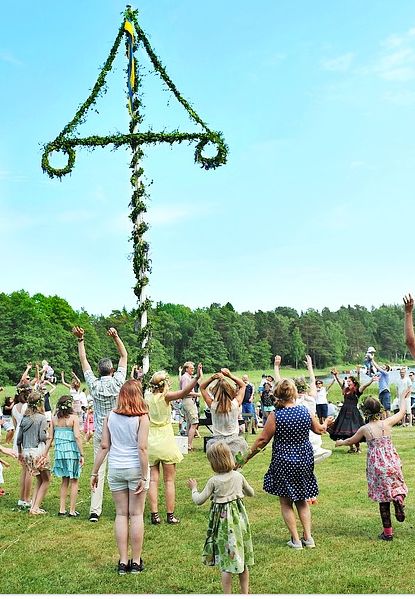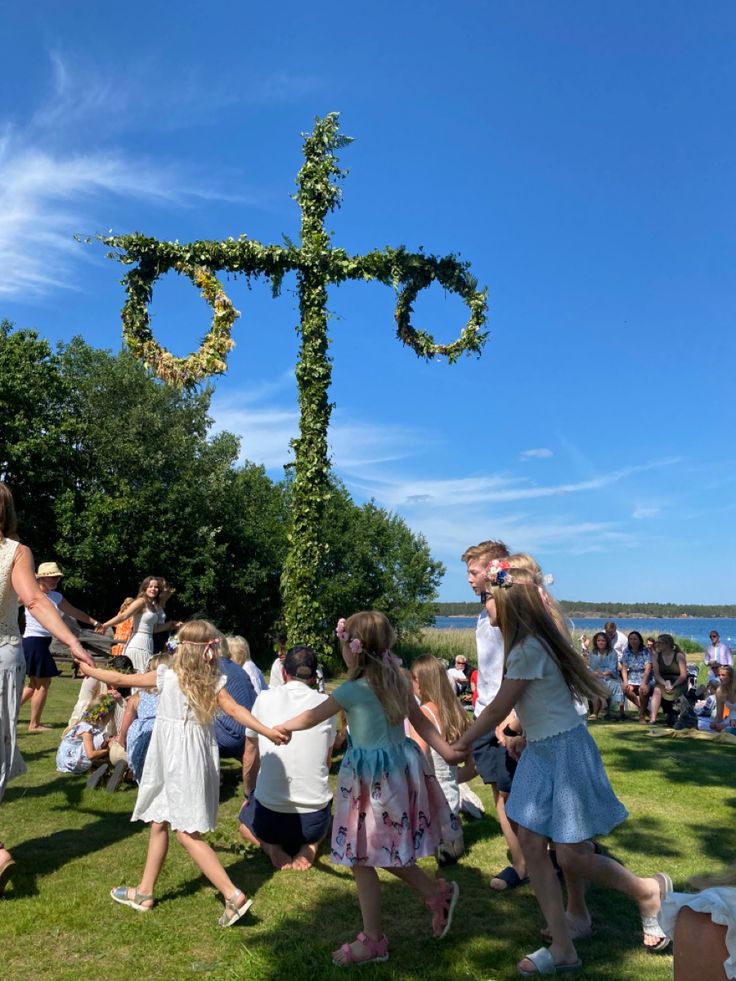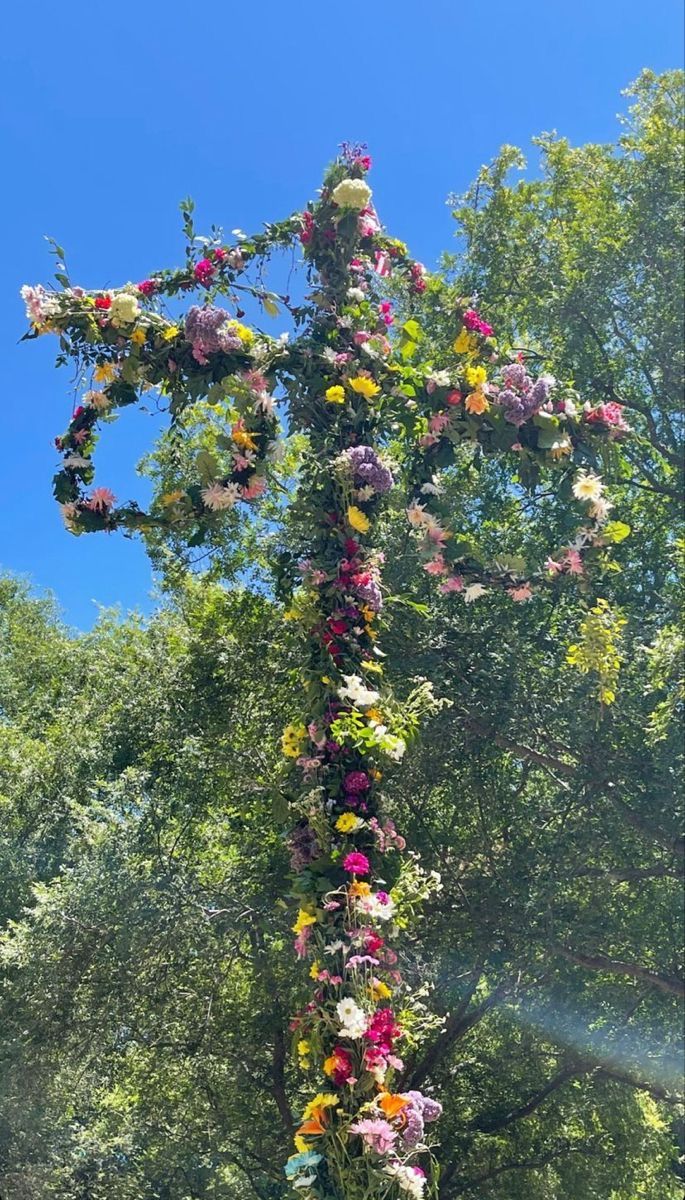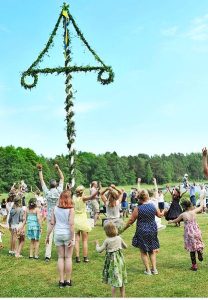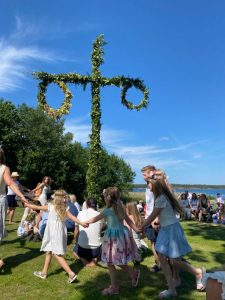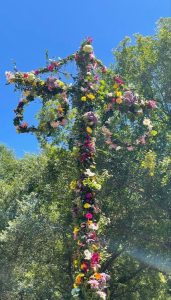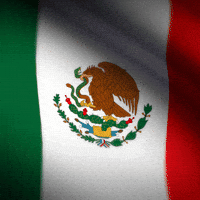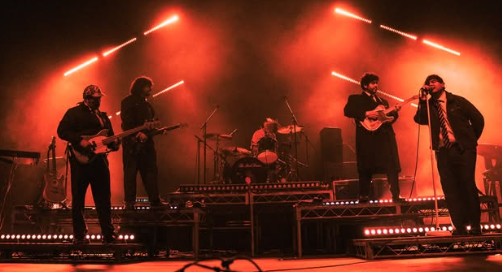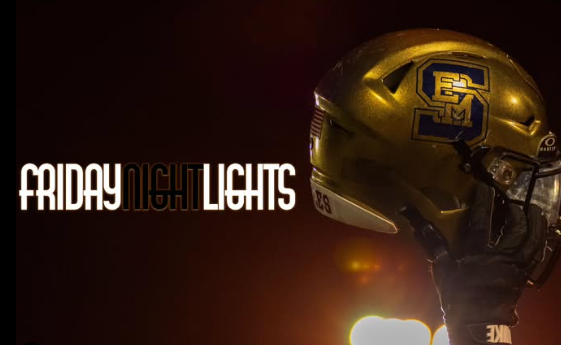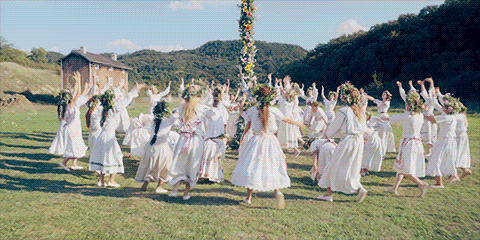
“Hejsan!” “Välkommen!” “Glad Midsommar!” You may hear these greetings in Sweden on a warm summer evening in June, along with music, chatter, and plates clinking together as people set up the tables with delicious food. A beautiful maypole stands in the center of a green, grassy field. Families and friends gather on this specific day to celebrate the summer solstice and all its glory! This is how Midsummer is celebrated in the lovely country of Sweden!
Let’s begin with the basics. You may be wondering, what is Midsummer? Midsummer, also known as Midsommar, is a traditional holiday celebrated during the summer season in various cultures throughout Northern Europe. In Finland, Midsummer is also called Juhannus. This holiday is celebrated around the time of the summer solstice. It marks the peak of summer and the longest day of the year. It is also often associated with celebrations of the sun, fertility, and good fortune! Midsummer is a time for feasting, spending time under the sun with loved ones, and celebrating the abundance of nature.
“One way of celebrating the Solstice is to consider it a sacred time of reflection, release, restoration, and renewal.” — Sarah Ban Breathnach
Some traditions include feasting, bonfires, singing and dancing, maypoles, and flower crowns! Traditional food and beverages are a significant part of Midsummer celebrations. This often includes dishes such as pickled herring, which are pickled fish fillets, potatoes, gravlax, which is cured salmon, and many fruits. A strong alcoholic drink called snaps is also popular at Midsummer events, and is often accompanied by fun drinking songs. Bonfires were used to ward off evil spirits. Maypoles are tall, decorated poles with flowers and ribbons, traditionally made of wood, that are raised in the center of a grassy area. These poles are signs of fertility and communal unity. Maypole dances involve participants weaving colorful ribbons around the pole, while dancing and moving precisely. The maypole itself is seen as a symbol of the earth’s masculine energy, while the ribbons represent feminine energy and the intertwining of nature. People also wear flower crowns during Midsummer because flowers and leaves are believed to possess special powers on this day, and wearing a crown made of them is a way to harness that energy. These flower crowns are also just traditional attire for Midsummer celebrations for both men and women.
This holiday has various influences, including Christianity, folklore, and May Day. With Midsummer being based around the summer solstice, the holiday was established a few days after the solstice, making Midsummer on June 23rd or June 24th. With the arrival of Christianity in Scandinavia, Midsummer became associated with St. John the Baptist’s Day on June 24th. The tradition of Midsummer is also associated with folklore. The holiday is correlated with magic, mythical beings, and supernatural entities and energies. For example, some people believe the presence of elves and fairies is more active on this night. Bonfires were believed to ward off evil spirits and to protect against misfortune. The larger the bonfire, the more power to keep away malevolent forces. In some cultures, people also believe sleeping with herbs on a Midsummer night brings dreams of future love interests. Midsummer is also related to another holiday called May Day. May Day is often seen as marking the beginning of summer, and Midsummer celebrates the solstice, or middle of summer. Many of the traditions associated with May Day, such as bonfires and Maypole dancing, are also displayed during Midsummer.
Despite where you are in the world, Midsummer is a celebration of nature and summer, and is a fun holiday that brings people together. Anyone can take part! Now that you are informed about this amazing holiday, and with summer coming up, how will you celebrate?


